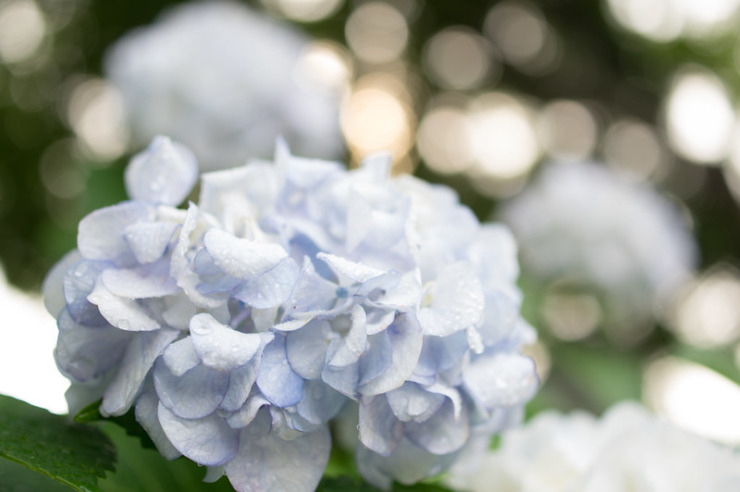Martyn Hesford writes poems like Impressionist paintings
In 2013, I went to an exhibition of the paintings of L.S. Lowry (1887-1976) at the Tate Britain. I’d never heard of the painter, but the promotional materials were sufficient to inspire a visit. His paintings were almost entirely of a small industry city in Lancashire, where he lived for 40 years. In 2019, a movie about his life, Mrs Lowry & Son, was released, starring Timothy Spall and Vanessa Redgrave. Spall had previously starred in a movie, Mr. Turner, about another British painter, J.M.W. Turner.
Watching Mrs Lowry & Son was like walking through that Lowry exhibition at the Tate. So many of the scenes in the movie seemed to recreate the paintings. The screenplay was written by Martyn Hesford. Hesford was previously an actor, having studied at the Guildhall School of Music and Drama and London. He acted for 10 years, playing roles at a number of theater productions and television programs and movies. And then he wrote a screenplay — his first — for A Small Mourning. The screenplay won the Radio Times Drama Award, and Hesford left acting and turned to writing screenplays and scripts full time.

Martyn Hesford
Hesford has now published Lilac White, his first collection of poetry. It’s a deceptively simple-looking collection, with poems of mostly one or two words per line, five at most, and easy to read. The language is plain and unadorned. You first read the poems and are charmed. You read the poems again, and you discover you’re walking through an exhibition of paintings by an unnamed artist, or artists. What matters less is the artist’s identity. What matters more is the impact the paintings have on you. Even the titles — only numbers — focus you attention on the words themselves.
You see a bouquet of cut flowers, a ribbon around the stems, feeling lonely and dying to be free. A broken glass evokes images of angels. An image of whiteness suggests a bride dancing in the snow. Flowers are placed on a grave. Mirrors serve to remind of a lost love. Flowers can inspire; they can also hide bruises. A bottle of perfume sits on a shelf, waiting to be opened.
These are all Impressionist images, and cinematic images. These poems impart powerful meanings into simple, everyday objects — a blur of colors, flowers, a chair, a short and coat, a stained-glass window.
15

tiny stained glass windows
broken
into fragments
a thousand years
of prayers heard
the sorrow
the joy
the birth the death
the singing
held in the strength
of lead veins
forever
is their
presence
a thousand tiny glass windows
broken
into fragments
splinters
found
held
become
your wings.
Hesford has also published The Moon is Blue (2021), a children’s story; Snow Star (2021), a poetry collection; and The Glass Supper (2014), a drama.
Lilac White is a slender volume, with 25 poems of lengths varying from a few lines to three or four pages. But don’t be surprised to find that this small volume packs a considerable wallop.
Photo by Naoki Natsume/Ishii, Creative Commons, via Flickr. Post by Glynn Young.
How to Read a Poem uses images like the mouse, the hive, the switch (from the Billy Collins poem)—to guide readers into new ways of understanding poems. Anthology included.
“I require all our incoming poetry students—in the MFA I direct—to buy and read this book.”
—Jeanetta Calhoun Mish
- Longfellow’s “Paul Revere’s Ride”: Creating a National Legend - April 17, 2025
- Poets and Poems: Katie Kalisz and “Flu Season” - April 15, 2025
- Poets and Poems: Michelle Ortega and “When You Ask Me, Why Paris?” - April 10, 2025


Laura Brown says
This one is deceptively simple. After several readings, I see more and more in it. And everyone will supply their own experience of that kind of window and the rooms that contain them.
Glynn says
Laura, all of the poems in the collection are like that. They really are like looking at an Impressionist painting — you think you see what’s presented until you stare for a while, and then you see more.
Bethany Rohde says
“splinters
found
held
become
your wings.”
I like how this goes from explanatory to experience — I feel the lift.
Thank you for this post, Glynn!
And Laura Brown, hello! So good to “see” you! I appreciate your comment here. The poem does unfold more and more as you read it.